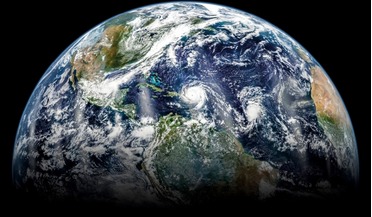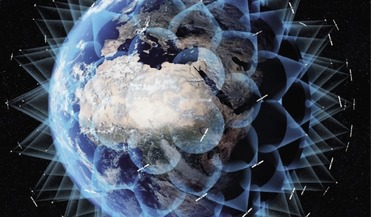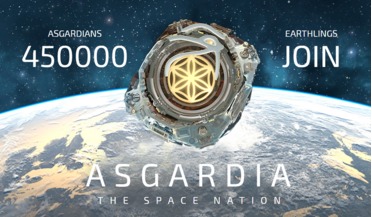 July 2020
Pandemic in space – are we ready?
July 2020
Pandemic in space – are we ready?
... activities. For a start, States must explore and use outer space, including the Moon and other celestial bodies, with “due regard to the corresponding interests” of other States. Arguably, a viral outbreak during a space activity, or the...
 December 2021
All for one and one for all – recommendations for a sustainable future in lunar exploration
December 2021
All for one and one for all – recommendations for a sustainable future in lunar exploration
...”. This is a logical extension of the OST, in that agents of any state must be allowed free access to all areas of celestial bodies, provided reasonable notice. However, this must be clarified, such that all lunar activities and construction should...
 August 2021
Collision avoidance – time for agreement on space sustainability
August 2021
Collision avoidance – time for agreement on space sustainability
... the ‘Moon Agreement’ (officially known as the “Agreement Governing the Activities of States on the Moon and other Celestial Bodies”) was promoted in 1979, states were reluctant to sign up. Article 11 of the Moon Agreement declares that the Moon...
 July 2020
Investigations into plant growth on the Moon
July 2020
Investigations into plant growth on the Moon
... analogues and in microgravity, the mini-biosphere experiment opened a pathway for exploration of plant growth on other celestial bodies where the effects of radiation and sunlight will vary - factors that undoubtedly have an impact on photosynthesis...
 February 2019
The Space Elevator – an alternative path to space?
February 2019
The Space Elevator – an alternative path to space?
...This can happen in a stationary orbit around a rotating celestial body or a Lagrange point. Geosynchronous equatorial or geostationary orbit ...on the Space Elevator. The planet, or other celestial body, with the base-anchor provides the rotation and ...
 20 October 2016
Asgardia: The New Space Nation
20 October 2016
Asgardia: The New Space Nation
... distinct is that it seeks habitation on a space station rather than an existing planet, asteroid or any other kind of celestial body. Thus, regardless of the technological challenges, the concept is legally sound and largely faultless. It does not...